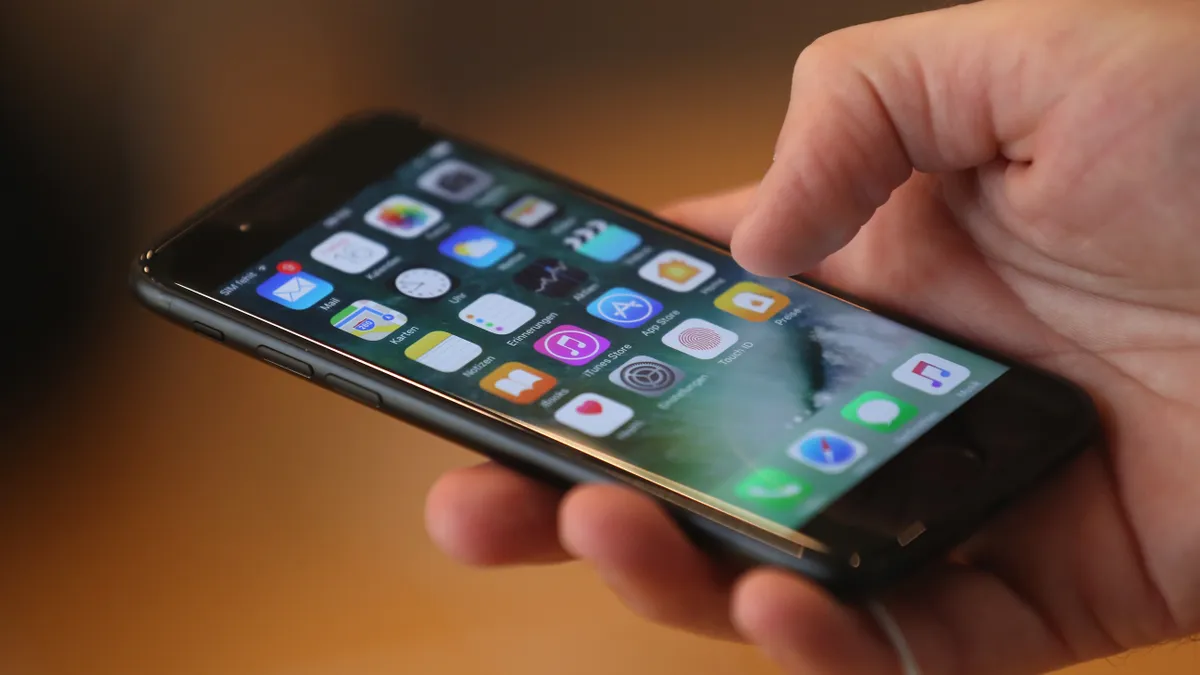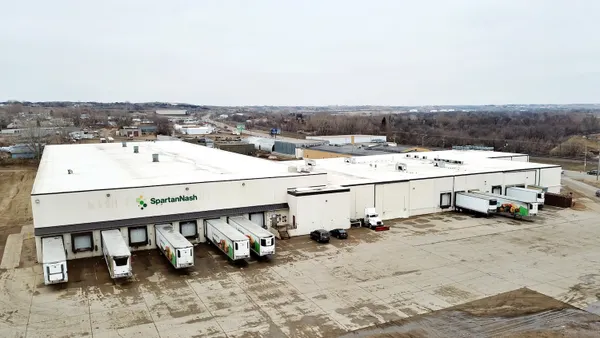Dive Brief:
- Omnichannel grocery consumers shop more frequently and spend up to 20% more than in-store only consumers, according to an analysis by Symphony RetailAI of 421 million baskets purchased in the U.S. and Europe in the first quarter.
- Of shoppers who made an online grocery purchase in Q1, 70% made another digital purchase during the same quarter. That’s up from 50% of shoppers who made a repeat purchase in Q1 of 2020.
- Retailers should view e-commerce in terms of customer loyalty rather than pure channel economics, according to Symphony RetailAI. That loyalty, however, may continue flowing to large chains investing in price and technology.
Dive Insight:
According to Symphony RetailAI data, as many as half of all shoppers who try online grocery end up leaving it after one purchase. But those who do stick with the channel are more likely to become loyal shoppers and spend more money with their preferred retailers.
The technology firm’s data analysis found that if an online shopper buys through the channel seven times in their first three months of digital engagement, they are three times more likely to become a long-term customer. Just one-third of shoppers fall into this category, Symphony RetailAI found, but they account for more than half of online grocery sales.
Taken together, these findings mean retailers could primarily view their digital investments as a way of netting more valuable consumers who will spend more online and offline.
“Providing customers with an online channel to shop how and when they want is a key differentiator, as we see with the increasing loyalty of omnichannel shoppers observed in our data. Therefore, the online grocery trend should be seen as a win-win omnichannel scenario, not a matter of ‘bricks versus clicks,’” Chris Koziol, CEO of Symphony RetailAI, said in a statement.
Grocers often talk about using digital to meet customers wherever and whenever they want to shop. But offering same-day pickup and delivery is widely viewed within the industry as table stakes these days, making it difficult to stand out from the crowd.
Large, well-capitalized chains, meanwhile, are investing in price cuts and technology innovations that promise to funnel more of those high-value digital shoppers onto their platforms with just a few clicks. Kroger and Albertsons both waived pickup fees during the pandemic, and Kroger offers personalized online pricing through its new home delivery service that’s now live in Ohio and Florida.
Some smaller chains are going on the offensive with unique services, meal deals and other promotions. Lowes Foods, which operates 80 stores in the Carolinas, plans to add grocery pickup lockers to office buildings in an effort to serve shoppers outside of stores and their homes.
Symphony RetailAI, which provides technology solutions to retailers and CPG companies, also recommended retailers expand their online assortment of nonfood products, noting that just 15% of in-store inventory in the category was also purchased through e-commerce.
The firm said the share of global e-commerce sales was 8% in Q1, double what it was during the same period in 2020. It also found e-commerce sales contributed 50% of total revenue growth during the first quarter, a 20% increase over Q1 of 2020.














